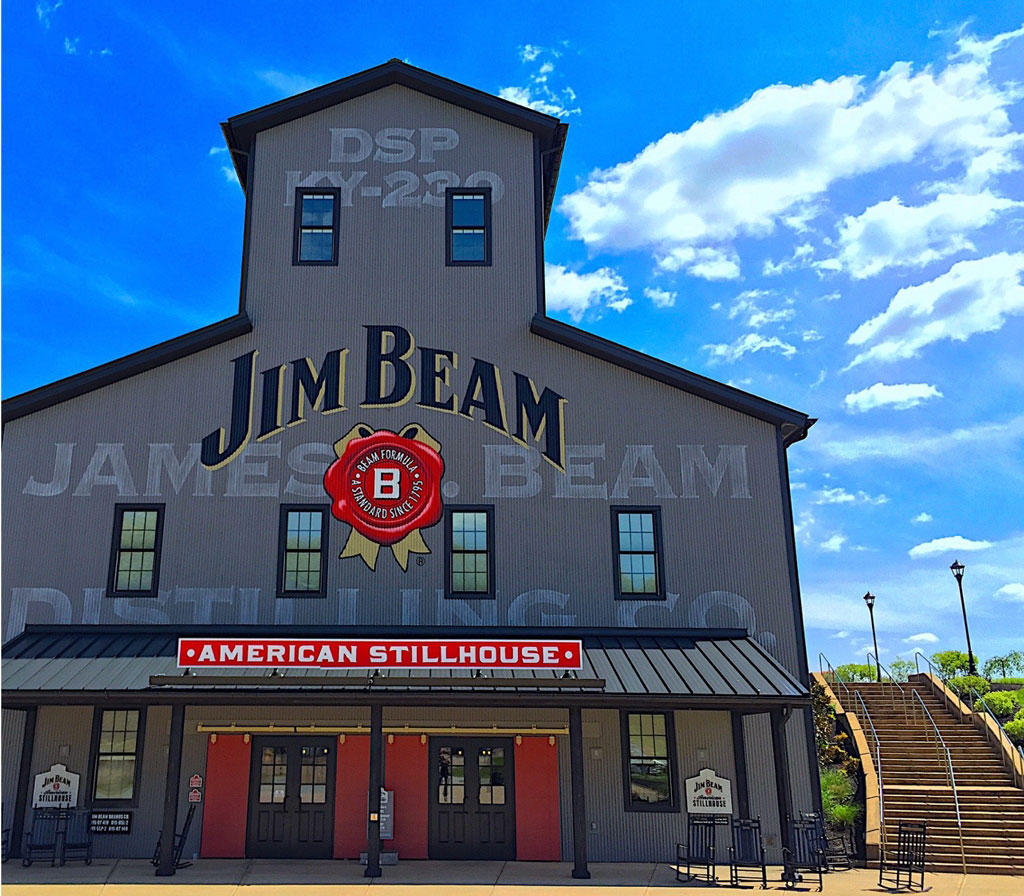By Richard Thomas
Excoriable whiskey writing piles up fairly quickly in The Whiskey Reviewer’s files, and for our sixth installment of this series on subpar coverage the first example is also a very recent one: the Wall Street Journal’s article from last Tuesday about the barrel shortage. The story itself wasn’t bad on a factual level, however. The problem that it’s old news, as in a full year behind the curve.
The barrel shortage storyline dates to May 2014. Indeed, in June of that year we published an article explaining that while there was a supply crunch in coopering oak and why (largely mirroring what the Wall Street Journal took a year to repeat), the pinch was not severe for the major producers and the problems would probably be sorted out by 2016. Reporting on the barrel shortage now and without making the evolving situation clear is just another example of yellow whiskey journalism.
In a similar vein and even more recent was this widely (and regrettably) republished article by Roberto Feldman, following the same coopering storyline. The article may or may not be guilty of copycatting, because in fairness its appearance after the Wall Street Journal piece may simply be a matter of the vagaries of publishing. Even so, it is still beating a story that is a year old without offering any real updates, it is still guilty of scaremongering, and creme de la creme, the caption for the article’s main graphic makes the utterly false claim that Woodford Reserve is America’s oldest and smallest distillery. Wrong on both counts!
Somebody Stop Them, Please
The Wall Street Journal is a new face in our series on wretched whiskey writing, but Motley Fool and Business Insider are series regulars. In this Motley Fool article from Rich Duprey, the author poses the question of whether the efforts made by major distillers like Jim Beam and Jack Daniel’s to catch up with the Sazerac-made Fireball will ultimately be self-defeating, eating into their more established bourbon sales.
If Duprey had a good command of the American whiskey industry, say the sort of command one would need to offer sound investment advice, he would realize that Sazerac also owns the distillery that makes Blanton’s, Pappy Van Winkle, and the Buffalo Trace Antique Collection, all on the short list for the most prized bourbons around. It’s not as if Fireball’s phenomenal success has in anyway hampered the equally staggering popularity of those premium and super premium bourbons, or of the company’s mass market products for that matter.
While Duprey merely offered myopia, Steven Perlberg at Business Insider blundered badly. It’s not that he chose a bunch of gold medal winners from the most recent International Wine and Spirits Competition seemingly at random and without insight and named them the best bourbons around, although that would be bad enough. What truly damns the article is that he listed Western Gold, a generic brand of German supermarket chain Lidl that isn’t in regular distribution in America, and he listed it twice!
Only five months have passed since our last installment on unsatisfactory whiskey writing, and we already have examples of ineptitude, tardiness and fearmongering from major media organs. In response, The Whiskey Reviewer‘s message remains the same as it has been for years: if you want to know about whiskey, stick with the people who know it.





I really liked his disbelief, in the opening, that small distilleries making good hooch can be outside Kentucky. And Western Gold is listed three times it seems. Just couldn’t get enough of something he can’t get any of? 😉 Cheers!
You’re right! I must admit here that I stopped reading after the second time. It was just too painful to continue.